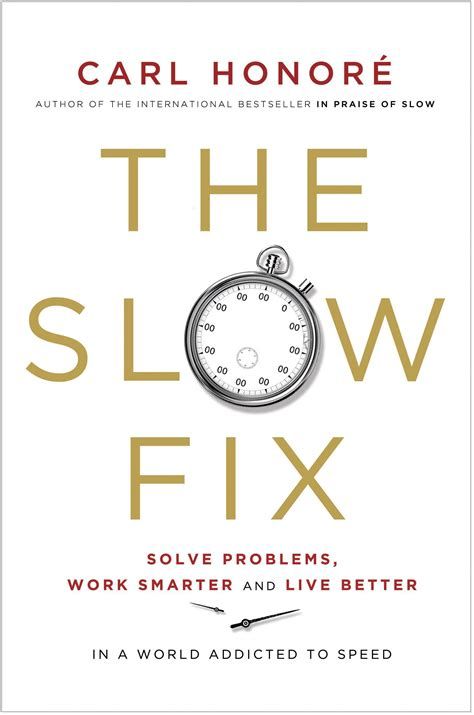Hiring for the Future: The Staffing Strategy in Growing Businesses
Phillips J. Diaz-Vicioso, LL.M.
May 30, 2023
Wanderer above the Sea of Fog, 1818, Caspar David Friederich

When it comes to hiring staff, there is a fundamental question every business leader should ask themselves: Am I hiring to meet the needs of my company today or to fulfill its requirements tomorrow?
Hiring for the present may seem like an attractive option, but doing so could limit the growth and expansion of your business. If you're planning to scale your company from a value of 5 million to 10 or 25 million dollars, you need to make hiring and promotion decisions based on the future of your business.
Invest in Potential, Not Just Skills
Successful business author Jim Collins, in his book “Good to Great,” expresses the importance of having the “right people on the bus.” But what does this really mean? It's not just about hiring people with the necessary skills for the job, but also about investing in their growth potential.
Claudio Fernández-Aráoz, in his article “The Big Misconception About Big Data” for Harvard Business Review, mentions that potential is best measured through five indicators: curiosity, insight, engagement, determination, and leadership. These are the indicators that should be considered when hiring, to ensure that your team can grow and evolve as your business does.
The High Cost of Hiring Just for the Present
It's a well-established fact that a bad hire can be costly. According to the Society for Human Resource Management (SHRM), the cost of a bad hire can be up to five times the employee's salary. Reasons range from low productivity to the cost of rehiring and the decrease in employee morale.
Moreover, high staff turnover is a clear sign that the hiring strategy is based on short-term needs. Gallup reports that companies with high staff turnover can experience replacement costs of up to double the annual salary of an employee.
Hiring for the Future: The Strategy You Need
Focusing your hiring strategy on the future not only reduces staff turnover but also increases profitability. In fact, Harvard Business Review reports that companies that adopt a long-term view in hiring have 40% less staff turnover and are 20% more profitable in the long term.
In summary, if you want to build a thriving and lasting company, you need to hire for the future. By investing in the potential of your employees, you're not only filling existing vacancies today but also preparing for success in the future.
So the next time you're considering a new hire or a promotion, ask yourself: Can this person help me grow my company to 10 or 25 million dollars? If the answer is yes, then you likely have a promising candidate who can take your business to new heights.
Don't underestimate the power of investing in the future of your company. Here are some practical tips for implementing a hiring strategy focused on long-term growth:
- Define your long-term business vision: Before starting the hiring process, it's crucial to have clarity about your long-term goals and objectives. Visualize how you'd like your company to look in terms of size, scope, and financial success. This will help you identify the qualities and skills you'll need in your future employees.
- Prioritize potential over current skills: While technical skills and experience are important, don't dismiss a candidate just because they don't meet all the requirements at that moment. Look for people with growth potential, who are curious, adaptable, and willing to learn and develop in the position. The ability to learn new skills and adapt to changes is especially valuable in an ever-evolving business environment.
- Conduct thorough assessments: Make sure to carry out a rigorous selection process. In addition to traditional interviews, consider using skills and personality assessments, practical tests, and professional references to get a complete picture of the candidate. These assessments can help you identify a candidate's growth potential and their ability to take on greater responsibilities in the future.
- Foster a learning and development environment: Once you've hired people with growth potential, it's significant to create an environment that encourages their continuous development. Provide training, mentoring, and professional growth opportunities so they can acquire the necessary skills as your company expands. This not only benefits the employees but also strengthens your business by having a highly competent and committed team.
Remember, hiring for the future requires a strategic, long-term mindset. Don't be swayed by immediate needs, and consider the impact each hire will have on the long-term growth and success of your company.
Ultimately, by adopting a future-focused hiring strategy, you'll be building a strong and skilled team that will accompany you at every stage of your business, from 5 million to 10, 25, and beyond. Get ready to reach new heights and exceed your own expectations!
Remember, the future of your company starts with the decisions you make today. Don't lose sight of your long-term objectives and hire with vision!
By Phillips J. Diaz-Vicioso, LL.M.
For further reading:
- “Your Approach to Hiring Is All Wrong.” — HBR. Author: Eric Garton.
- “Good to Great: Why Some Companies Make the Leap and Others Don’t.” Author: Jim Collins.
- “The Big Misconception About Big Data.” — HBR. Author: Claudio Fernández-Aráoz.
- “The Cost of a Bad Hire Can Be Astonishing.” — SHRM. Source: Society for Human Resource. Management (SHRM).
- “Employee Turnover: The Greatest Threat to Business.” — Gallup. Author: Jim Harter.












